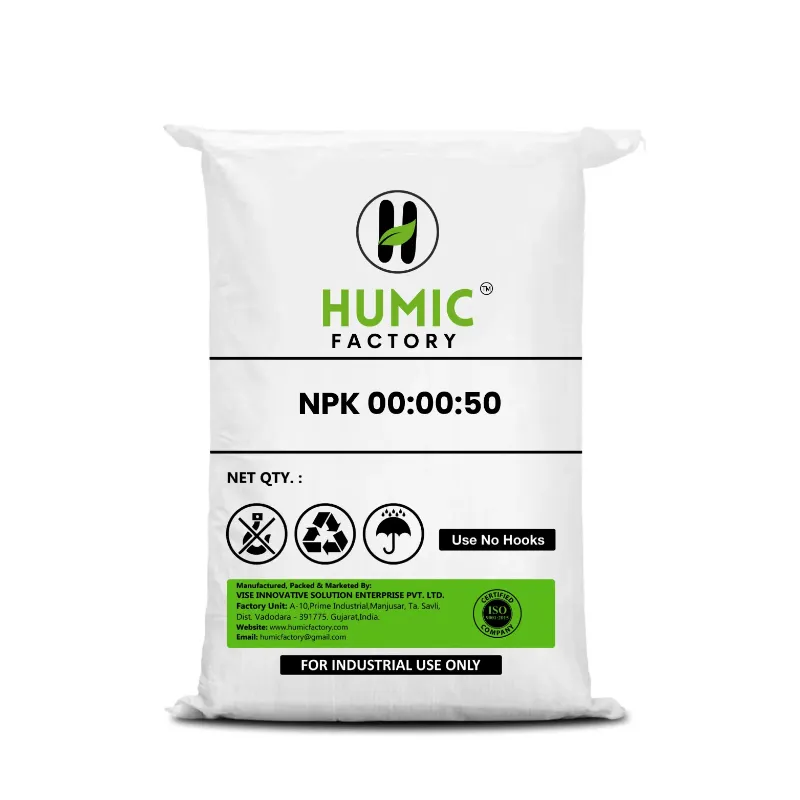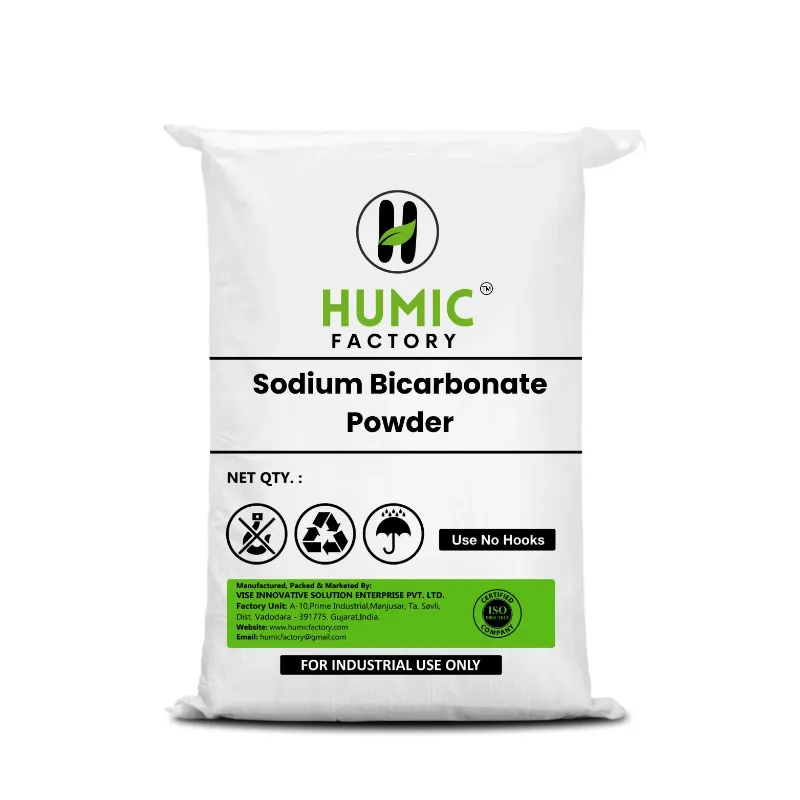Yes, farmers and horticulturists can use humic acid along with other soil amendments and fertilizers to boost soil fertility, manage nutrients more effectively, and foster optimal plant growth in agricultural and horticultural systems. Combining humic acid with other soil amendments and fertilizers allows growers to leverage synergistic effects, address specific soil deficiencies, and customize nutrient management practices to meet the needs of different crops and soil conditions.So several key points explain how one can use humic acid in conjunction with other soil amendments and fertilizers.
1. Organic Matter Amendments:
Combining humic acid with organic matter amendments like compost, manure, and biochar enhances soil structure, improves nutrient cycling, and increases soil organic matter content. Organic matter amendments provide a source of carbon, nutrients, and beneficial microorganisms, while humic acid complements these amendments by enhancing nutrient availability, stimulating microbial activity, and promoting organic matter decomposition. Together, they contribute to improved soil fertility, water retention, and nutrient cycling in agricultural and horticultural systems.
2. Synthetic and Organic Fertilizers:
Applying humic acid in conjunction with synthetic and organic fertilizers optimizes nutrient management and enhances nutrient use efficiency in soil.When used with synthetic fertilizers, humic acid helps mitigate nutrient losses through leaching or runoff, enhances nutrient uptake by plant roots, and reduces nutrient immobilization in soil. Similarly, when combined with organic fertilizers such as compost or manure, humic acid promotes the release and availability of nutrients, facilitates nutrient mineralization, and improves nutrient retention in the root zone. This synergistic approach improves the effectiveness of fertilizer applications and reduces the risk of nutrient losses, thereby maximizing the benefits of nutrient inputs for plant growth and productivity.
3. Micronutrient Amendments:
Conjunction of humic acid with micronutrient amendments, such as micronutrient fertilizers or soil amendments containing trace elements, can address soil micronutrient deficiencies. Humic acid chelates micronutrients such as iron (Fe), zinc (Zn), copper (Cu), manganese (Mn), and boron (B), forming stable complexes that protect these nutrients from precipitation, oxidation, or fixation in soil. By combining humic acid with micronutrient amendments, growers can enhance the availability and uptake of micronutrients by plants, correct nutrient deficiencies, and promote optimal plant growth and development.
4. Soil Conditioners:
Humic acid can be used in conjunction with soil conditioners such as gypsum, lime, and sulfur to modify soil pH, improve soil structure, and address soil salinity or sodicity issues. In acidic soils, at firsthumic acid can enhance the effectiveness of lime applications by promoting the release and availability of calcium (Ca) ions, which neutralize soil acidity and raise soil pH levels. In alkaline soils, humic acid can help mitigate the negative effects of high soil pH by improving soil structure, increasing cation exchange capacity (CEC), and promoting nutrient availability. By combining humic acid with soil conditioners, growers can optimize soil properties and create a more favorable environment for plant growth and productivity.
5. Biostimulants and Plant Growth Promoters:
Humic acid can be used in conjunction with biostimulants and plant growth promoters to enhance plant vigor, stress tolerance, and overall plant health. Biostimulants such as seaweed extracts, amino acids, and beneficial microbes interact synergistically with humic acid to promote root growth, improve nutrient uptake, and stimulate plant metabolism. Additionally, humic acid enhances the effectiveness of plant growth promoters such as cytokinins, auxins, and gibberellins by facilitating their absorption and translocation within plant tissues. By combining humic acid with biostimulants and plant growth promoters, growers can optimize plant growth, increase crop resilience to environmental stresses, and improve yield and quality.
6. Water-Soluble Fertilizers:
In fertigation or foliar spray applications, plants can utilize humic acid in conjunction with water-soluble fertilizers to enhance nutrient availability, uptake, and utilization. Humic acid enhances the solubility and mobility of nutrients in soil solution, making them more accessible to plant roots for uptake. When combined with water-soluble fertilizers, humic acid improves the efficiency of nutrient delivery to plants, reduces nutrient losses through leaching, and enhances nutrient uptake under both soil and foliar application methods. This integrated approach ensures that plants receive a balanced supply of essential nutrients, promoting healthy growth and optimal crop performance.
In summary, humic acid can be effectively used in conjunction with other soil amendments, fertilizers, soil conditioners, biostimulants, and plant growth promoters to enhance soil fertility, improve nutrient management, and promote optimal plant growth in agricultural and horticultural systems. By combining humic acid with complementary inputs, growers can leverage synergistic effects, address specific soil deficiencies, and customize nutrient management practices to meet the needs of different crops and soil conditions. This integrated approach promotes sustainable soil management, enhances crop productivity, and finally supports environmental stewardship in agricultural and horticultural operations.





